History changes nations, empires, and civilisations. From revolutions that toppled indestructible governments to the battles that set countries on different paths, here are the key moments that have shaped our world.
268–232 BCE
The Maurya Empire and the Rule of Ashoka
Ashoka expanded the Maurya Empire before embracing Buddhism, promoting peace and economic growth across South Asia.
1235–1600s
The Rise and Expansion of the Mali Empire
The Mali Empire dominated West African trade and culture, reaching its peak under Mansa Musa, the richest ruler in history.
1760–1840
The Industrial Revolution
A period of major technological and economic change that shifted societies from agrarian to industrial economies.
1775–1783
The American Revolution
The Thirteen Colonies fought against British rule, securing independence and establishing the United States.
1789–1799
The French Revolution
French citizens overthrew the monarchy, leading to years of political turmoil and the rise of democratic ideals.
1868
The Meiji Restoration
Japan modernized its military and economy, rapidly transforming into a global industrial power.
1905–1917
The Russian Revolution
The Bolsheviks, led by Lenin, overthrew the Russian monarchy, establishing the Soviet Union and a communist government.
1914–1918
The First World War
A devastating global conflict triggered by political tensions in Europe, leading to massive loss of life and the fall of empires.
1920s–1933
The Rise of Nazism in Germany
Economic hardship and political instability enabled Adolf Hitler and the Nazi Party to rise to power in Germany.
1929–late 1930s
The Great Depression
A financial crash starting in the U.S. led to a worldwide economic crisis, causing mass unemployment and hardship.
1939–1945
The Second World War
A global war fought between the Axis and Allied powers, leading to the defeat of Nazi Germany and Imperial Japan.
1963
JFK Assassination
U.S. President John F. Kennedy was assassinated in Dallas, Texas, an event that shocked the world.
1966–1976
The Chinese Cultural Revolution
Chairman Mao launched a movement to solidify communist rule, leading to social and political upheaval in China.
1969
Apollo 11 Moon Landing
The United States successfully landed astronauts on the moon, marking a major milestone in the Space Race.
1989
The Fall of the Berlin Wall
The collapse of the Berlin Wall symbolized the end of the Cold War and paved the way for German reunification.

The Maurya Empire and the Rule of Ashkoka (268–232 BCE)
The Maurya Empire was one of the most powerful in South Asian history. It reached its peak under the Emperor Ashoka.
After years of military conquests, Ashoka waged a brutal war against the Kaling kingdom. However, after seeing the suffering caused, he embraced Buddhism, with his rule based on peace, economic development and moral governance.
Religious tolerance, infrastructure growth, and the spread of Buddhist philosophy were central to his reign, and their influence was felt in regions like China, Japan, and Southeast Asia.
The Rise and Expansion of the Mali Empire (1235–1600s)
One of the greatest powers in African history, the Mali Empire dominated trade, culture, and politics in West Africa for centuries.
The empire grew quickly and controlled the key trade routes linking the region to Europe, North Africa, and the Middle East. Thanks to the reserves of gold and salt, the empire was one of the richest states of the time.
Under the rule of Mansa Musa (1312-1337), Mali peaked. It was a centre of learning and commerce. When Mansa Musa completed his legendary pilgrimage to Mecca in 1324, his immense wealth and the gold he distributed during his journey disrupted economies in several cities.
The Industrial Revolution (1760–1840)
From one type of revolution to another. The Industrial Revolution wasn't an uprising but rather a period of significant technological, economic, and social change.
Starting in Britain, the Industrial Revolution would spread to other countries and lead the masses from agrarian work to the industrial economies we're familiar with today.
It started with mechanised production of goods, including textiles and metalwork, processes that were once time-consuming and labour-intensive.

Society in industrialised nations went from working the land to working in massive factories producing goods. This would lead people away from farms and into cities, with the majority of the population living in cities for the first time in history.
The Industrial Revolution shifted economies from agriculture to mechanized industries, leading to urbanisation and the rise of modern cities.
The American Revolution (1775–1783)
Would you believe that America became a nation of coffee drinkers because of tea?
While this quote makes light of the situation, tea did play a role in the American Revolution. England's interest in the East Indian Tea Company had led Parliament to impose taxes on the American colonies.
Indeed, it was England’s interest in the East Indian Tea Company, a huge revenue generator that had started flagging, that prompted the British Parliament to levy taxes on the American colonies, including duties on tea.
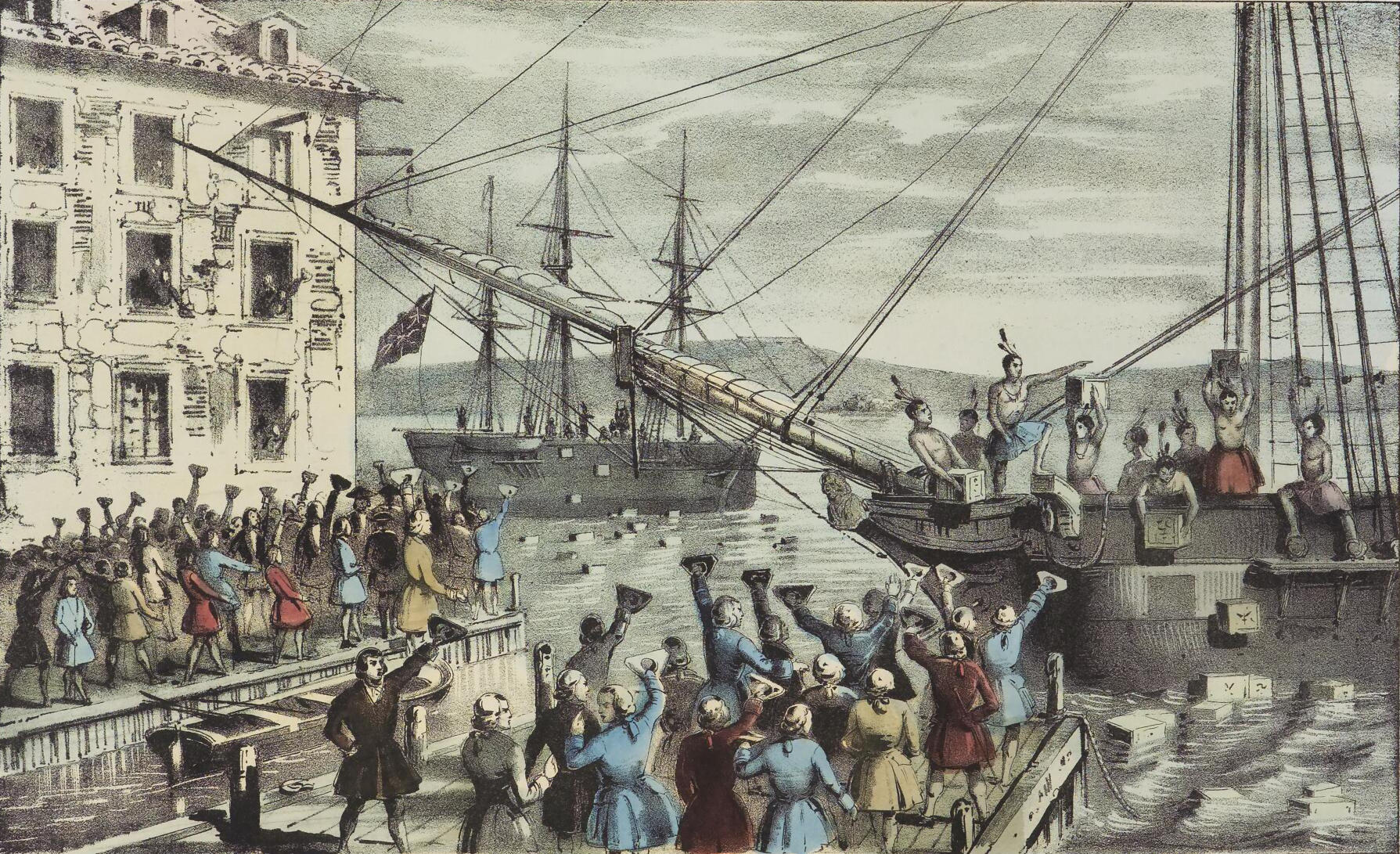
This wasn't really about taxation on tea, but rather that they were being taxed by Parliament without having any representation in it.
The British monarchy and Parliament, however, disagreed. The colonists were living in British colonies and being represented.
The Crown attempted to tighten its grip on the colony, but the colonists fought back. This would lead to the American Revolution. The result of the American War of Independence would not only reshape the global politics of the time, but it would also establish and set the course for the early history of the United States.
Find out more about the American Revolution in this great video.
The French Revolution (1789–1799)
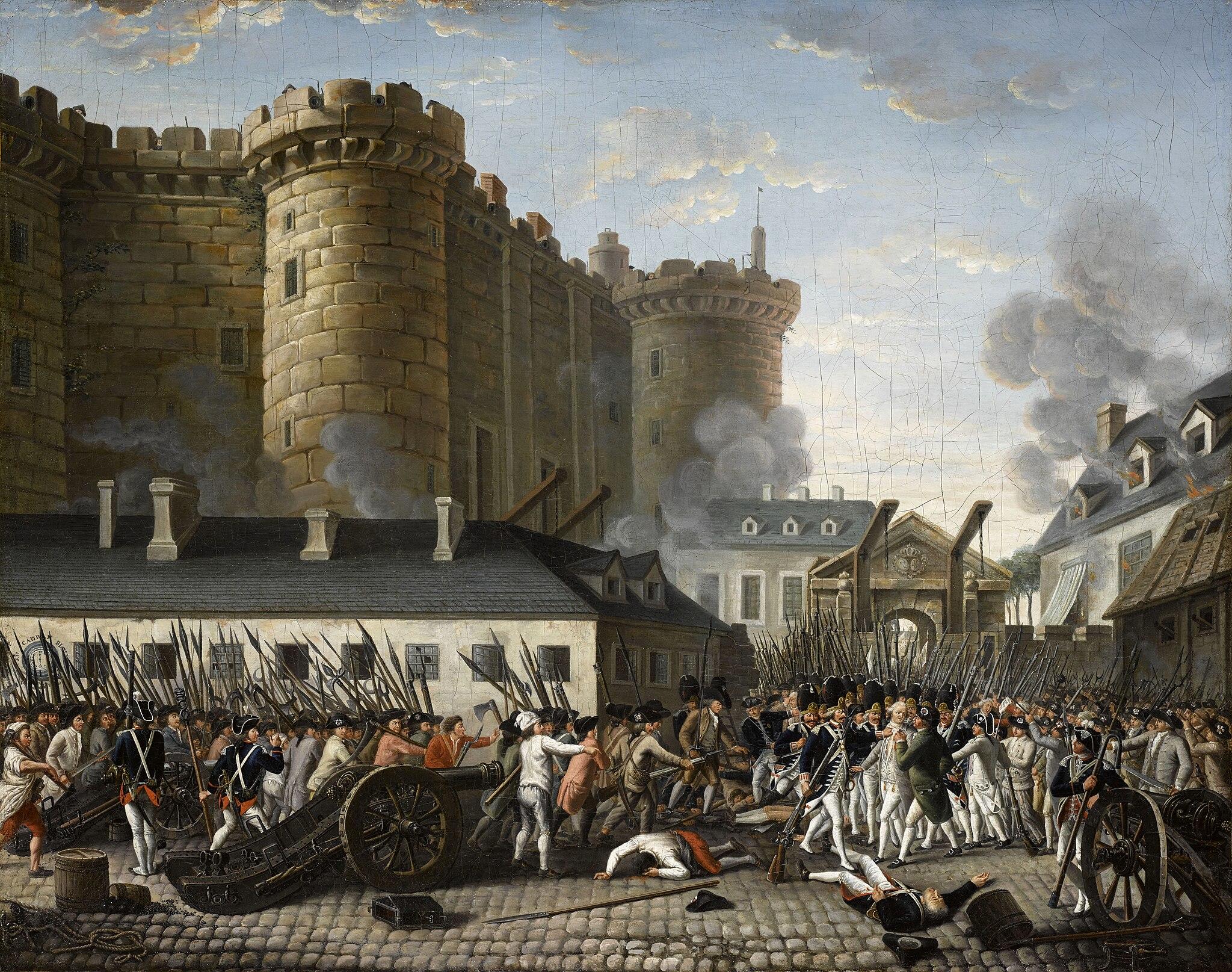
While the American Revolution was against a colonial leader, the French Revolution was against the leaders of France. In essence, the same, but in many ways, the French Revolution played out very differently to the American Revolution.
A financial crisis caused by costly wars, the monarchy's emptying of the country's coffers, and an inefficient tax system. In French government at the time, there were three estates: The clergy, the nobility, and the commoners. The Third Estate (the commoners) was largely underrepresented.
Everything changed when the Third Estate declared itself the National Assembly in 1789. On July 14 of the same year, Parisians stormed the Bastille, a fortress and prison, to steal weapons. For many, this is the event that started the French Revolution and is remembered in France as a national holiday. In the English-speaking world, it's called Bastille Day.
French citizens fought for years to establish a democracy and remove their monarchy. The revolution was bloody (like many others), but it would take many years for France to establish a stable republic.
France is currently in its "Fifth Republic". The other republics either failed or were replaced.
The French Revolution led to the creation of the metric system, which replaced old regional measurements with a standardised, logical system.
Discover online art history courses on Superprof!
The Meiji Restoration (1868)
Japan underwent a dramatic political and economic transformation in the 19th century. The Meiji Restoration marked the end of the feudal Tokugawa Shogunate, restoring imperial rule under Emperor Meiji.

Japan modernised its military, economy, and government to compete with Western powers like the United States. The Meiji government industrialised the country with railways and implemented economic reforms to make Japan a major power.
The samurai class was abandoned and the constitutional government, complete with large-scale urbanisation, led Japan to rival Western states in a matter of decades.
The Russo-Japanese War (1904-1905), which Japan won, was the first time an Asian nation had defeated a major European empire.
The Russian Revolution (1905–1917)
That two-dimensional title hardly signifies the depth and breadth of Russian discontent that had been brewing for so long!
The last head of the Russian Empire, Tsar Nicholas II, was unlikely to leave an impressive legacy when he died. He regularly ignored advice and was fairly clueless about public sentiment and political trends.
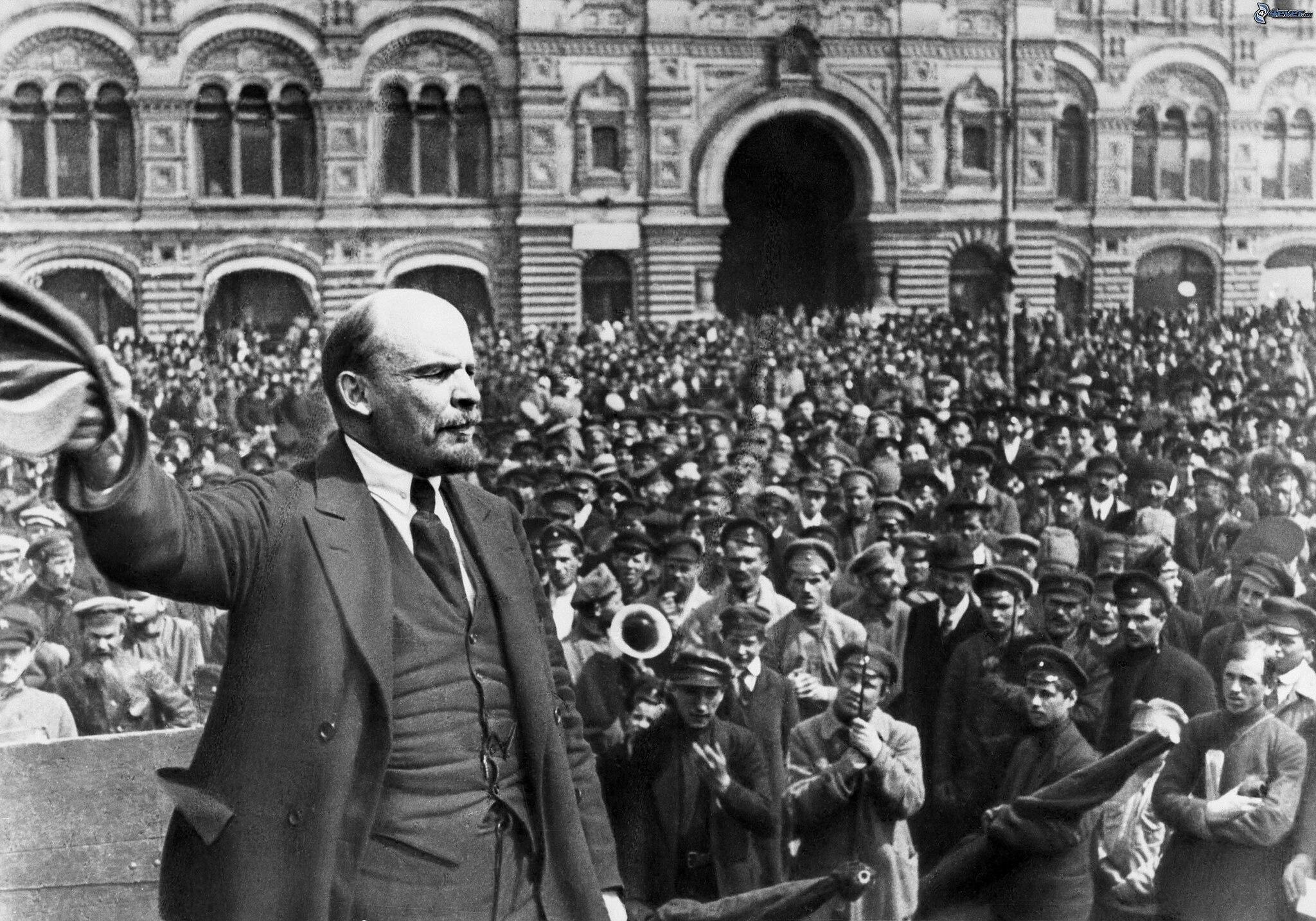
The Russian Revolution technically started in 1917, but to understand it, we need to go back to 1905.
In Petrograd, peaceful demonstrators including a Russian Orthodox priest, were fired upon by the Imperial Guard. This day was known as Bloody Sunday and the working classes lost faith in the Tsar.
During the First World War, the Ottoman Empire was on the opposing side to Russia and cut off Russian trade routes. The country was spending a fortune on the war while its people could barely afford food.
In 1917, the February Revolution went from protests to unrest, military desertion and mutinies, and Nicholas II abdicating the throne.
In October of the same year, the October Revolution took place. The government that had replaced the Tsar struggled to rectify the country's problem and the ongoing war wasn't helping.
Vladimir Lenin and the Bolshevik Party established a socialist state after gaining control of the capital and key government buildings.
Key Figures in the Russian Revolution

The First World War (1914–1918)
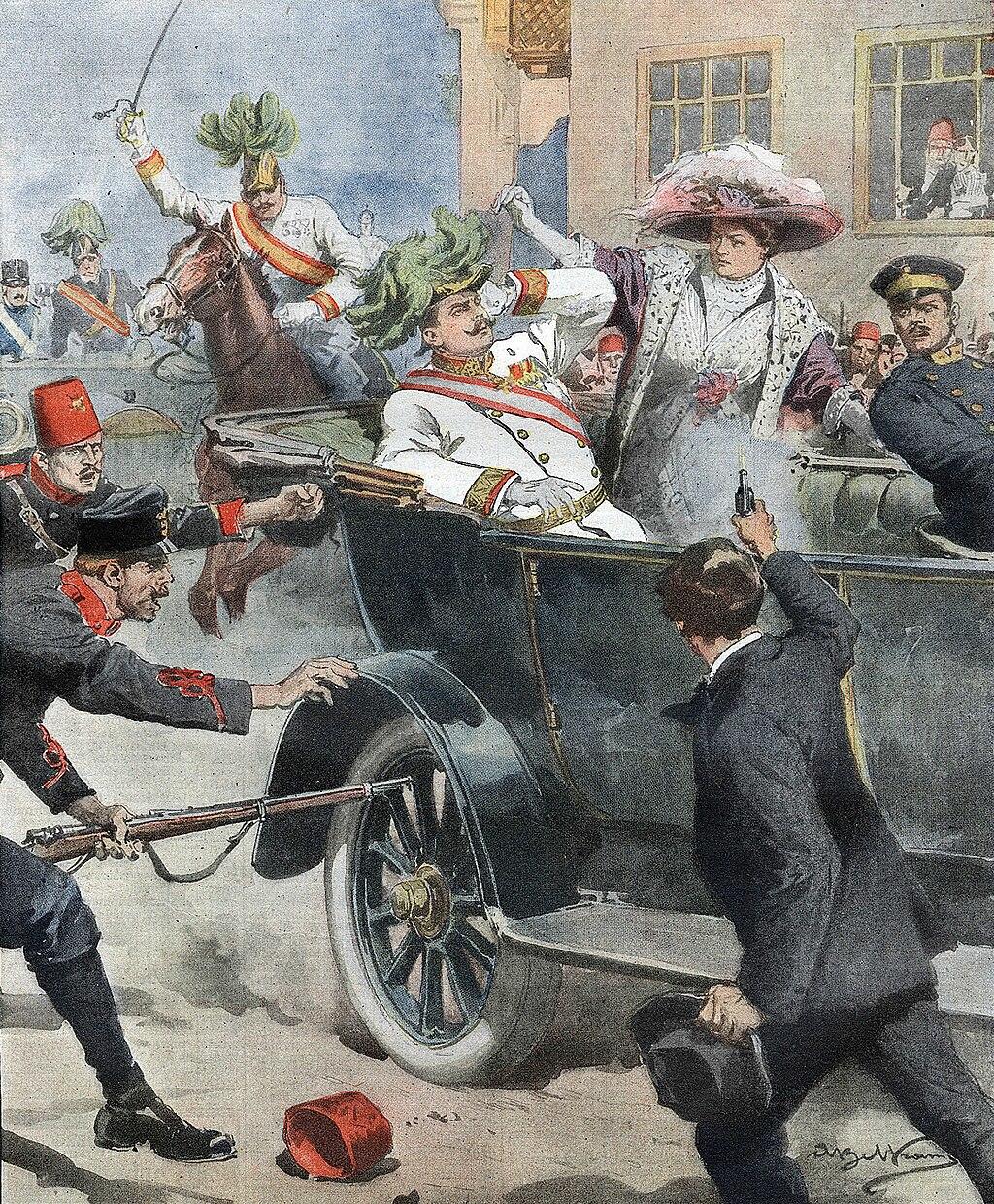
When the Bosnian Serb Gavrilo Princip shot Archduke Franz Ferdinand of Austria after a failed attempt on his life with a grenade, the events that followed were far greater.
The Austro-Hungarian Empire didn't immediately react and attack Serbia since they weren't ready or able to. Instead, they gave Serbia an ultimatum and themselves enough time to gather their forces.
Their ally Germany was certainly pushing for retaliation, but Austria worried about the support that the Serbs may get from Russia. Russia believed Germany was behind it all.
However, Europe at the time was constantly at war and most nations weren't ready to fight another one.
Russia mobilised and Serbia defied Austria. Germany was nervous about the military buildup on its southeast border and pledged allegiance to Austria in the event of a conflict.
Germany's attention then turned to its western borders when France, now allied with Russia, mobilised its forces.
The British Empire then became involved, since becoming politically and economically isolated wouldn't have done them any favours. Britain formed a conditional alliance with France.
What happened next was the First World War, a conflict that was as chaotic as it was deadly.
The Great Depression (1929–late 1930s)
The First World War lasted from 1914 to 1918 and like many wars, devastated economies all over the world. Afterwards, however, many economies bounced back and enjoyed stability or even properties.

In the United States, this was known as the Roaring Twenties. Culturally, women shifted social and fashion conventions while the men returning home from war helped lay the foundation for today's corporate culture.
During this time, there were several key corporate and technological innovations:
- Henry Ford pioneered the moving assembly line that permitted mass production of the automobile
- F.L. Maytag, formerly a farm implement manufacturer, built and marketed electric washing machines
- Refrigerators using toxic gases as refrigerants were replaced by newly invented, safer cooling cabinets.
- Telephones, radios and other electrical appliances went from being coveted to being owned
- Homeownership in America ballooned thanks to easy credit terms and low mortgage interest rates.
Everybody seemingly had everything they wanted. Cars, appliances, homes. However, once they had these things, there was little demand for anything else.
People didn't need to borrow as much money and investors started putting their money into more speculative investments.
Eventually, on October 29th, 1929, the bubble burst, leading to the Great Depression, an economic crash so big that almost every market in the world was affected.
The Rise of Nazism in Germany (1920s–1933)
While the United States of America enjoyed the Roaring Twenties, the Germans enjoyed the Golden Twenties. The Weimar Republic couldn't control inflation following the First World War, but otherwise, things were good.
The country's economy was boosted and morale was high as liberalism and creativity were at an all-time high. This didn't sit well with one particular person.
Once released from prison in 1924, he set about gaining a following by preaching about nationalism. German citizens were caught up in his rousing speeches.

By 1932, the Nazi Party held the most government seats in the Reichstag. Adolf Hitler was then appointed chancellor by President Paul von Hindenburg.
A few moves later, and Hitler was singlehandedly running Nazi Germany.
The Second World War (1939–1945)
The Treaty of Versailles stipulated that Germany never rearm. Germany's leader Hitler and many Germans disagreed with this, feeling it left their country defenceless.
Hitler decided to rebuild the German economy and manufacture weapons. Rearmed, Germany invaded Poland on September 1st, 1939.
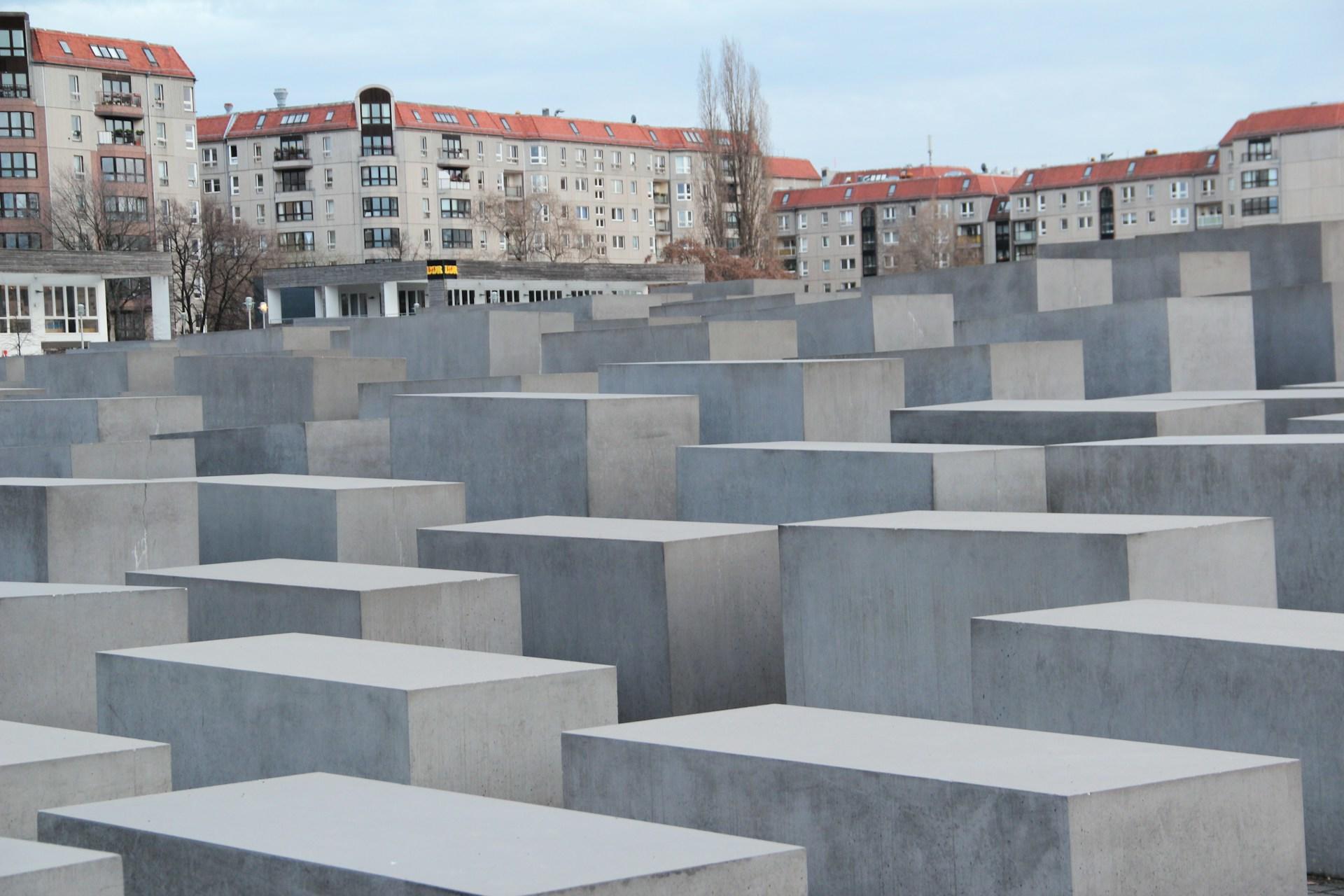
Little over 20 years after the end of World War I, nations found themselves at war again. The Second World War reshaped countries and global politics and its marks can still be seen today.
Not only did the conflict exhibit some of the worst cruelty seen in human history, it also led to the creation of humankind's most devastating military technology, the atomic bomb.
In 1945, the United States of America dropped atomic bombs on the Japanese cities of Hiroshima and Nagasaki on August 6th and August 9th respectively. These bombings killed nearly a quarter of a million people who were mostly civilians.
Japan surrendered the same month, but the technology was out in the open, leaving both the United States allies and enemies nervous. What would follow would be a world split between nuclear superpowers.
Those who cannot remember the past are condemned to repeat it.
George Santayana
JFK Assassination (1963)
For Americans alive at the time, the JFK Assassination is one of those events that everybody remembers seeing or hearing about.
November 22nd, 1963, in Dallas, Texas, US President John F. Kennedy was travelling in a motorcade as part of a political visit. The next presidential election was coming up in 1964.
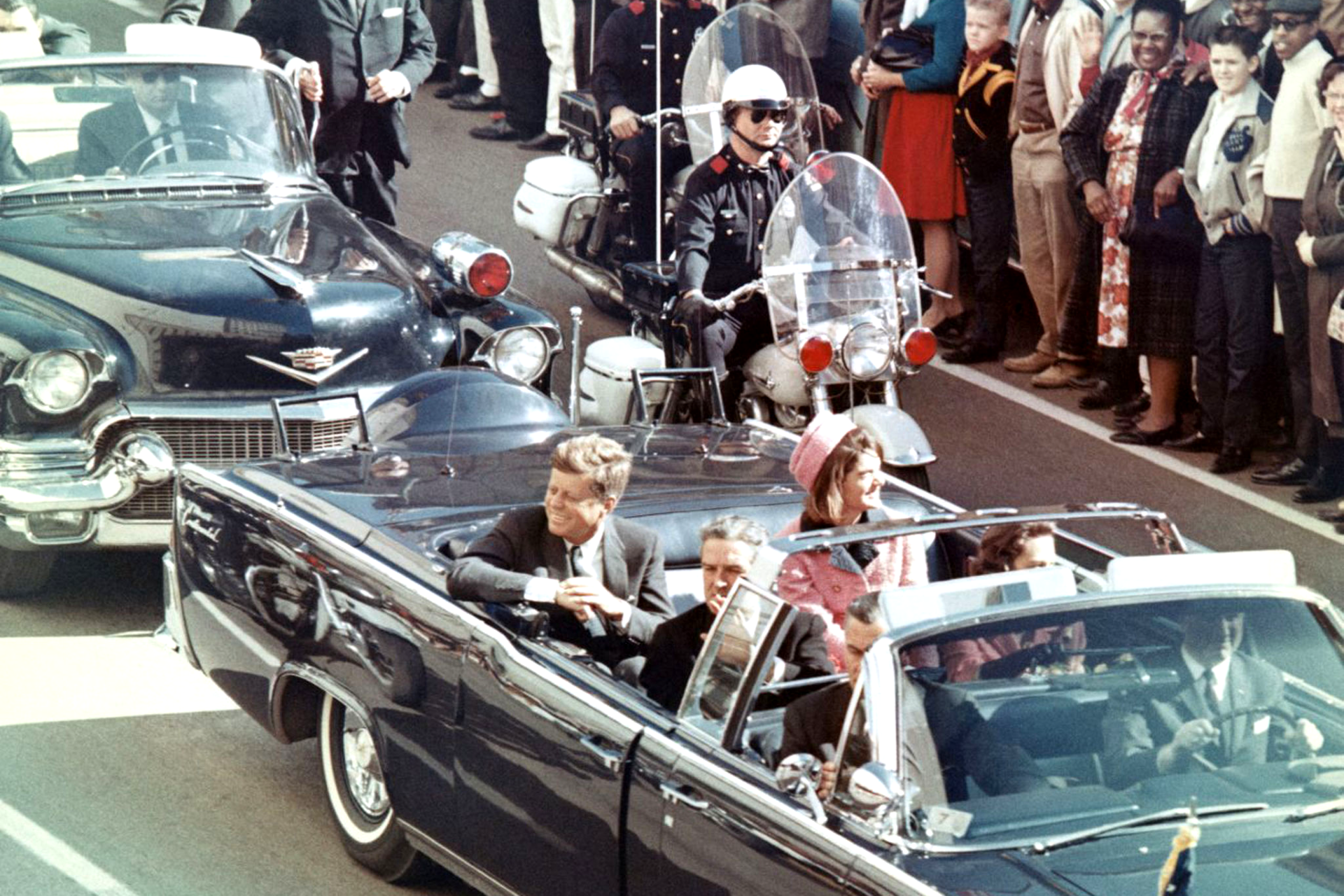
Two shots were fired at Kennedy, one striking his back and one his head. The limousine carrying the president quickly drove to the Parkland Memorial Hospital. Kennedy was pronounced dead at the hospital and the news was then announced around the world.
The culprit, Lee Harvey Oswald was arrested within hours of shooting. Conspiracies and doubts surround the murder, whether Oswald acted alone, or if he even did it.
The Chinese Cultural Revolution (1966–1976)
The Chinese Cultural Revolution was launched by Chairman Mao Zedong in 1966. The decade-long political movement eliminated opposition to the communist ideology in China.

Mobilising the Red Guards, the revolution led to chaos. Intellectuals, government officials, and Communist Party members were publicly humiliated, imprisoned, or even executed.
The revolution worsened relations with both the Soviet Union and the United States, with China's instability increasingly a concern for both nations.
After Mao's death in 1976, the Chinese Communist Party ended the revolution, shifting towards economic reforms that would set the stage for China's rise as a global superpower.
Apollo 11 (1969)
On May 25th, 1961, US President Kennedy set NASA the goal of putting a man on the moon before the end of the decade. Following Kennedy's assassination, this mission became even more meaningful.
people watched the moon landing live
Against the backdrop of the Iron Curtain, the Space Race between the United States of America and the Soviet Union was a more peaceful way for the two superpowers to assert dominance.
The Soviet Union struck the first blow by putting the first artificial satellite into orbit. The satellite Sputnik was just the start and they also sent the first human into space. The world's first cosmonaut, Yuri Gagarin, was a hero in the Soviet Union.
The United States' reaction was to increase funding for NASA and support efforts to put a man on the moon, which the United States saw as the next way to beat the Soviets.
The Apollo 11 flight was the mission that took three men into space and two onto the moon. Neal Armstrong and Edwin "Buzz" Aldrin would set foot on the lunar surface while Michael Collins orbited the moon in the command module.

An impressive feat for humankind, which had only achieved flight half a century previously.
The Fall of the Berlin Wall (1989)
Last but certainly not least in our most important historical events in modern history, we have the fall of the Berlin Wall.
Germany was central in both World Wars and the Cold War that followed. While the Cold War was predominantly between the United States and the Soviet Union, Germany was the border between the two nuclear superpowers during the 20th century.
The country had been divided into East and West Germany after the Second World War. To the West, Western Europe and the United States' allies. To the East, the Soviet Union.
before reunification in 1990!
Berlin, however, had been divvied up and remained part of West Germany and part of East Germany while being located within East Germany.
To stop East Germans and West Germans from freely moving between the two countries, walls and borders were built, with the Berlin Wall being the most famous of them.
Following political reforms in the Soviet Union in the 1980s and mass protests in East Germany, new travel regulations were announced on November 9, 1989.
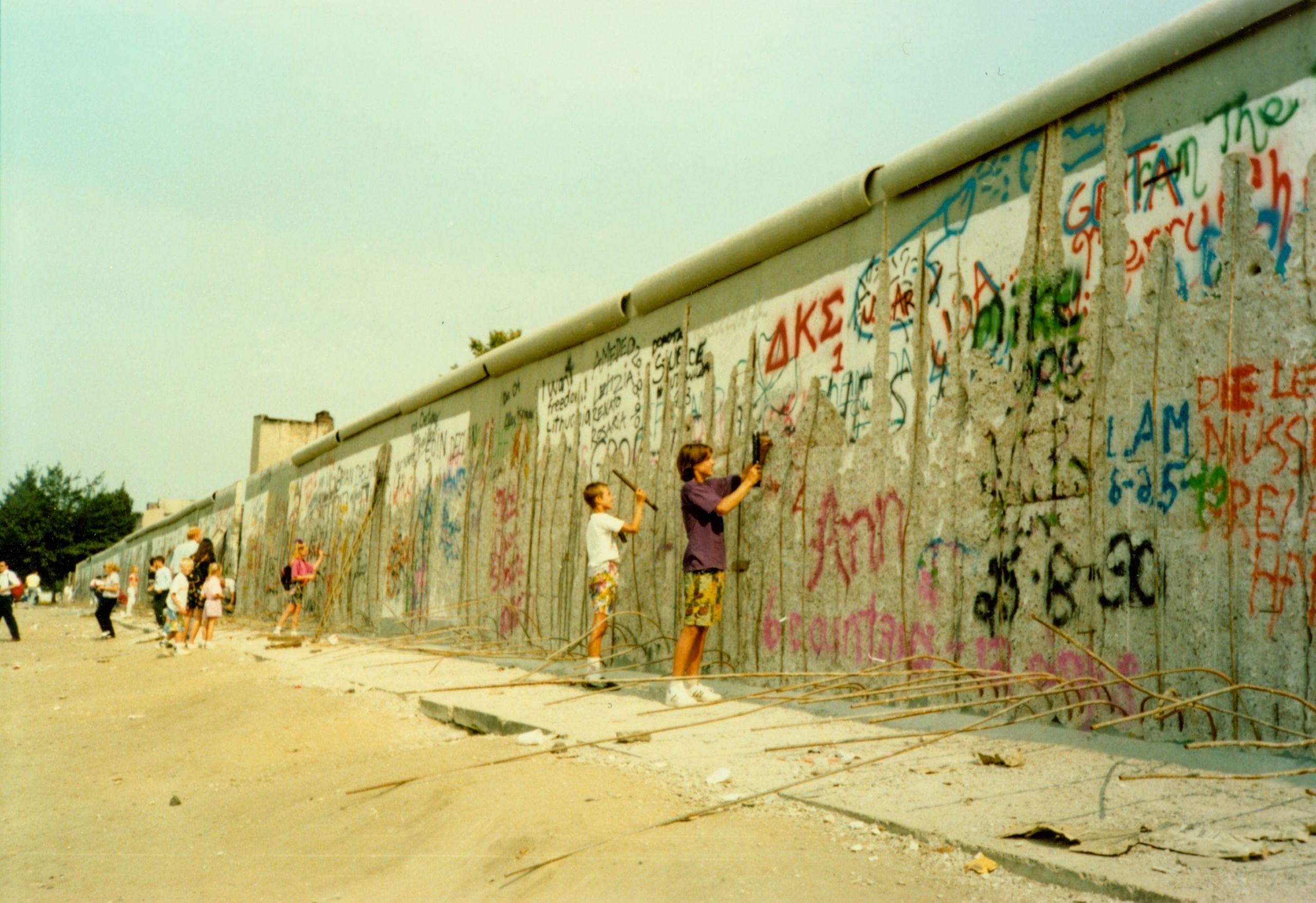
The announcement was confusing and East Berliners headed to checkpoints demanding to be allowed to cross into West Berlin. Amidst the confusion, several border guards let people through, and crowds began to gather.
News quickly spread, and many Berliners started crossing the border, climbing over it, and breaking it down with hammers and chisels. Large sections were destroyed over the following days and weeks, and this paved the way for German reunification, which took place on October 3rd, 1990.
Of course, there's so much more to history than this, and if you'd like to learn more, you can simply read our other articles or hire your own private history teacher!
















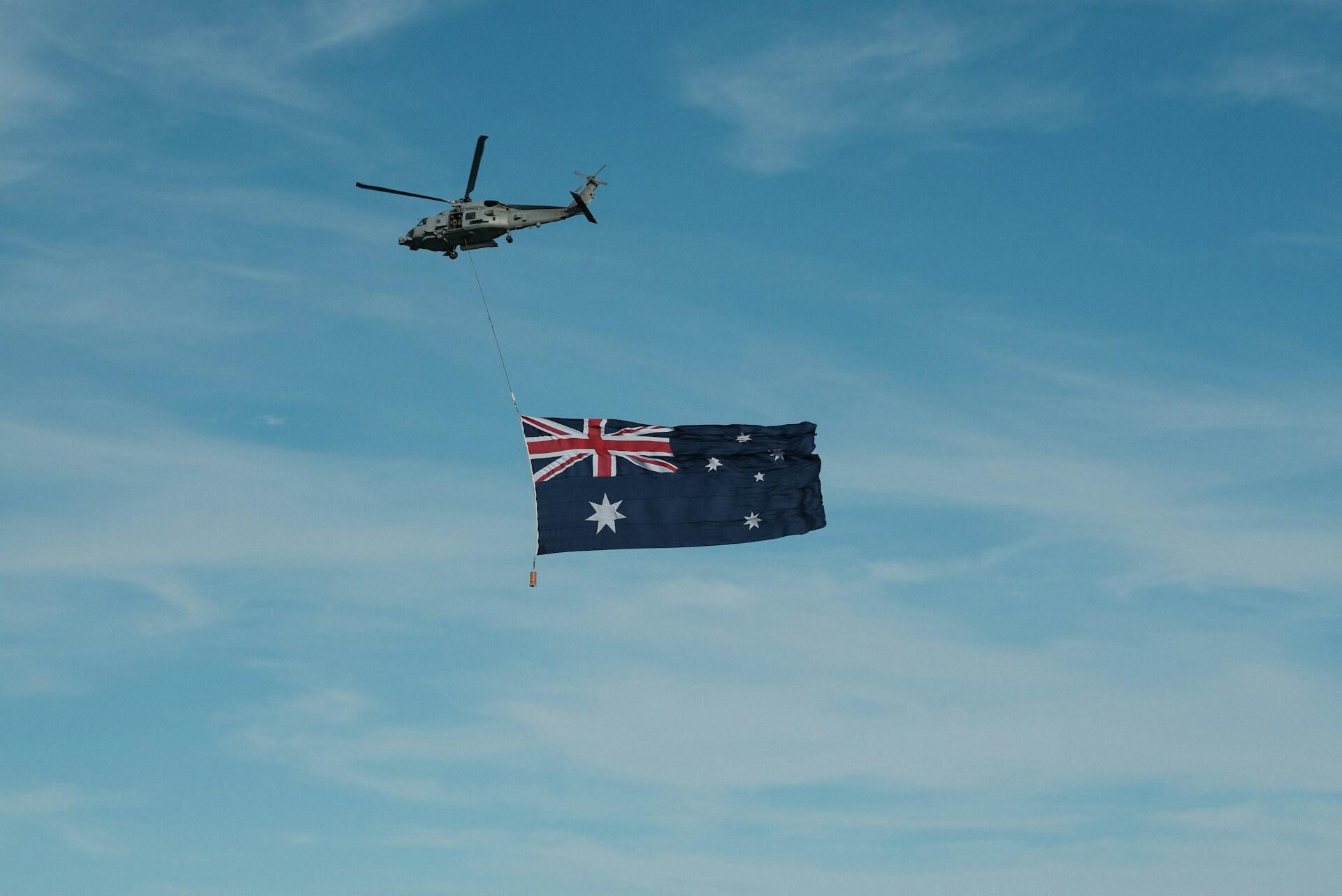






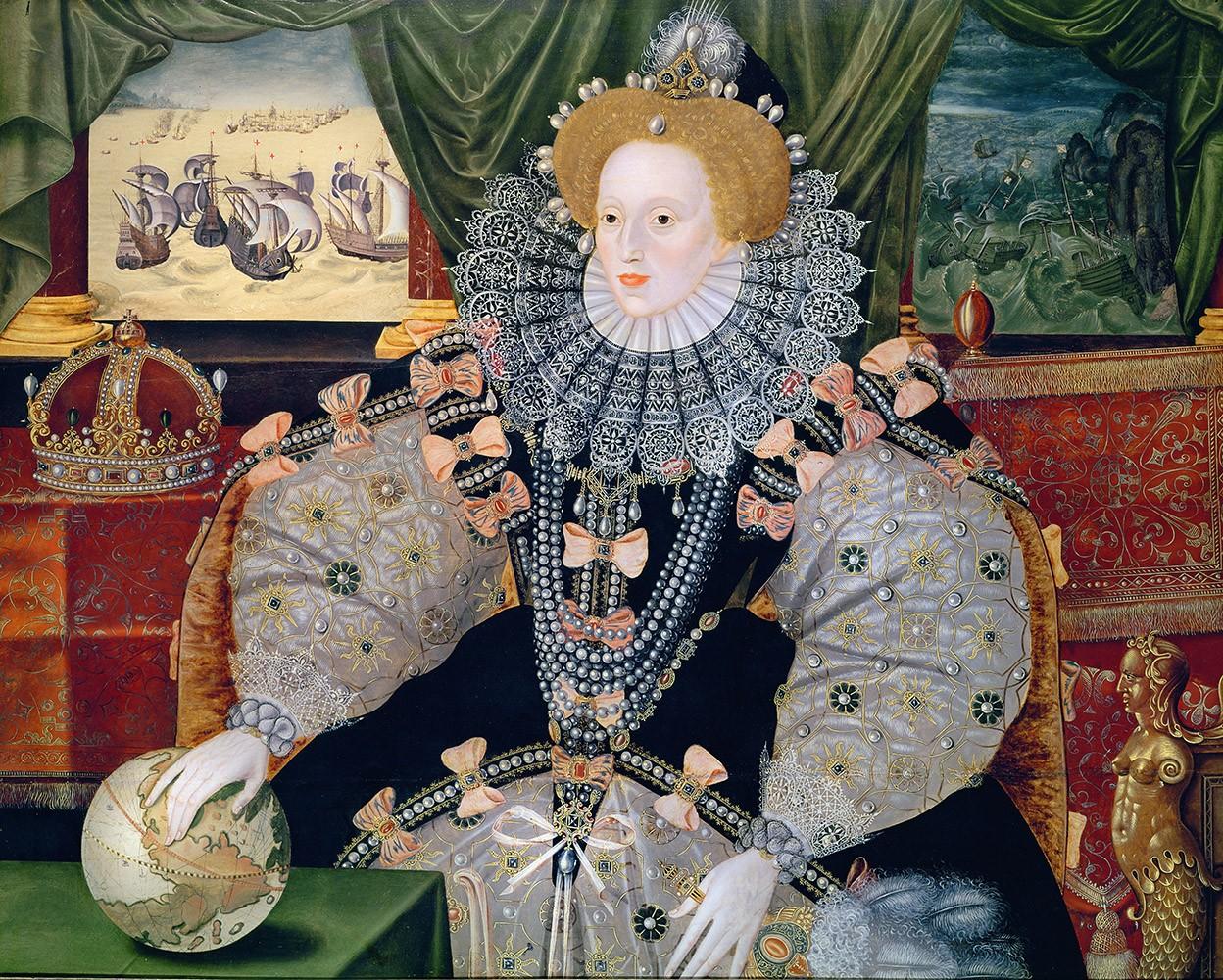
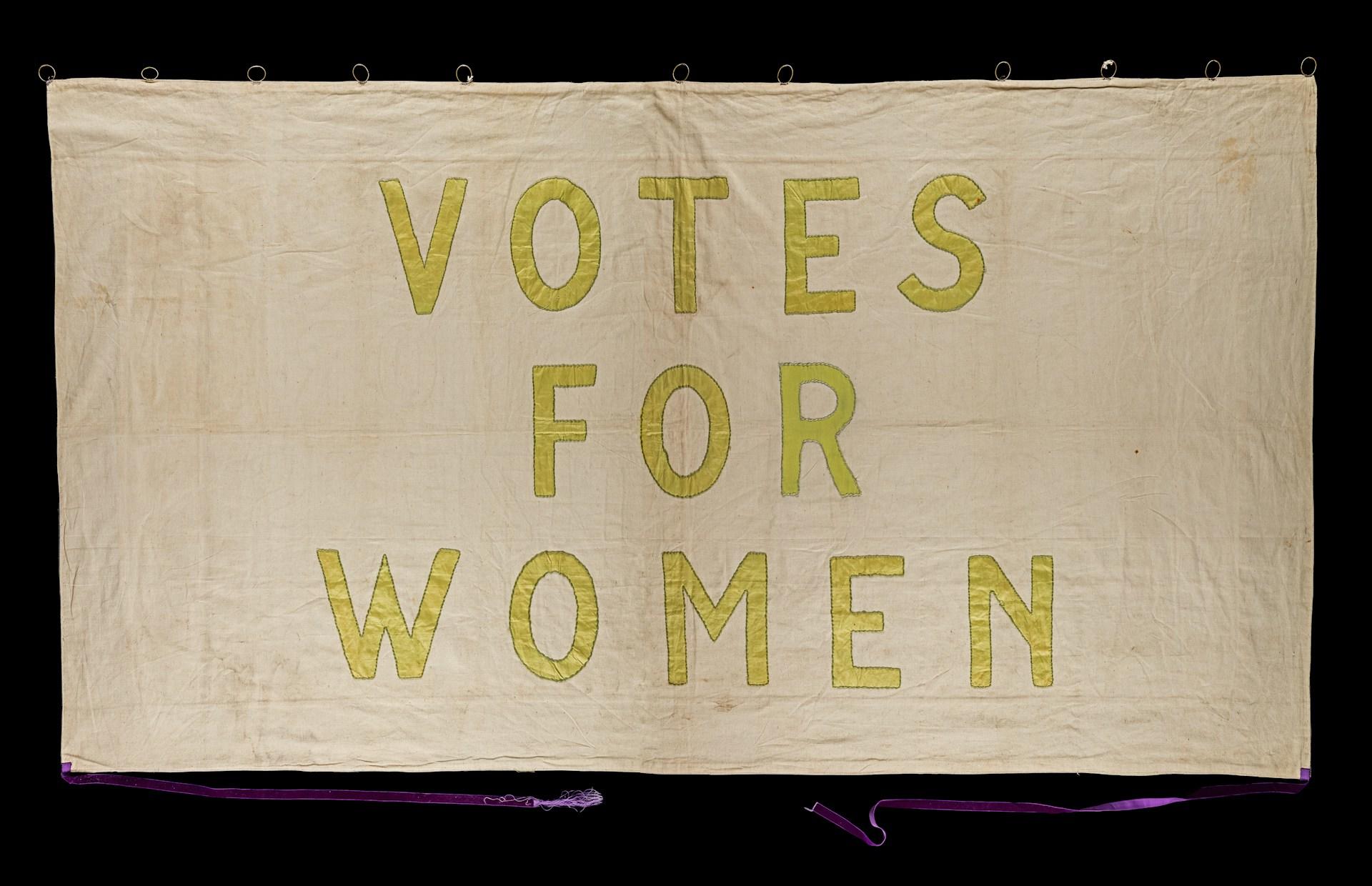
these historcal moments were good